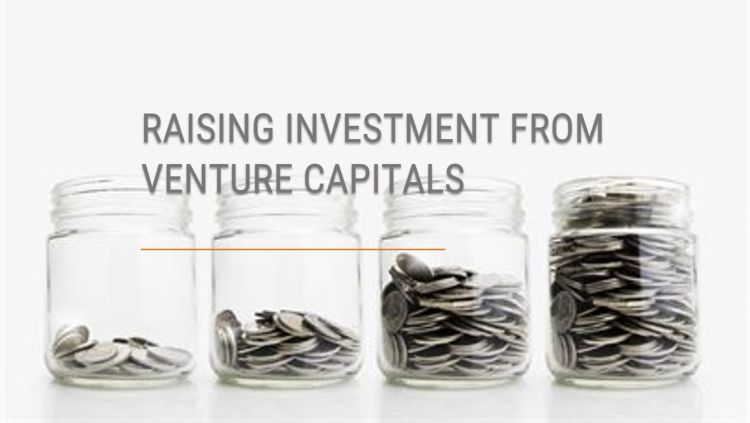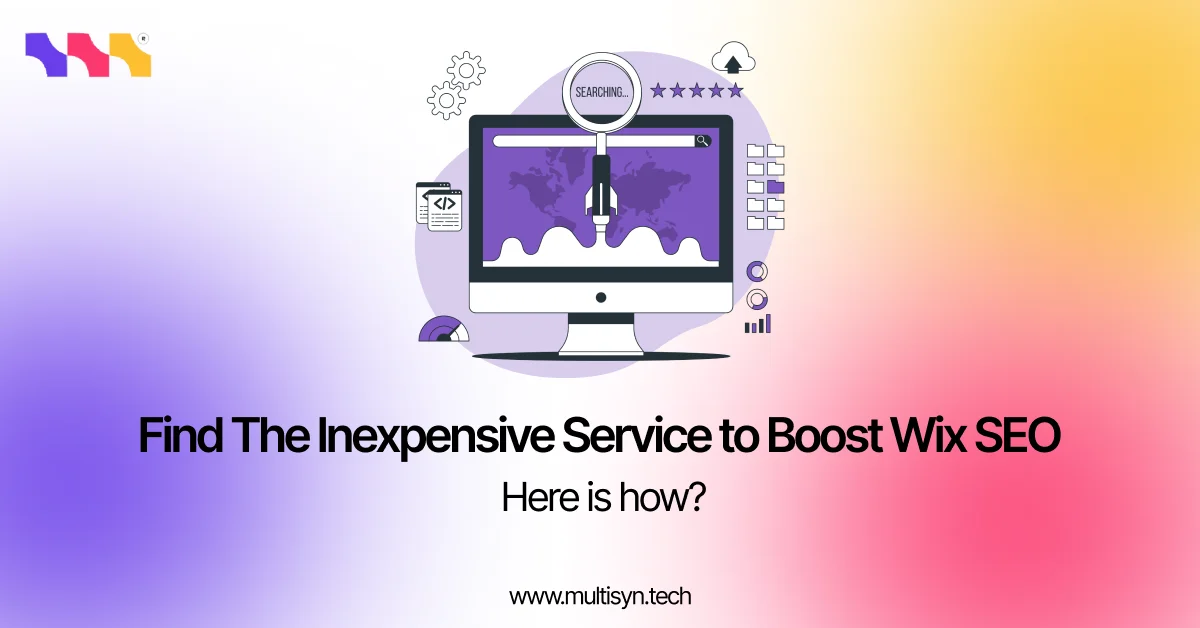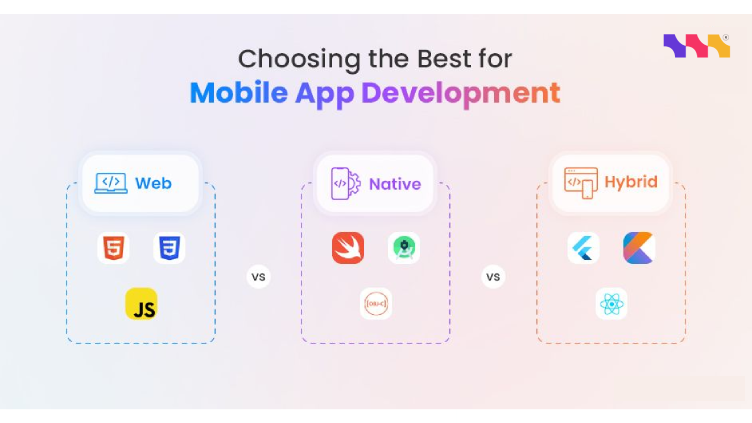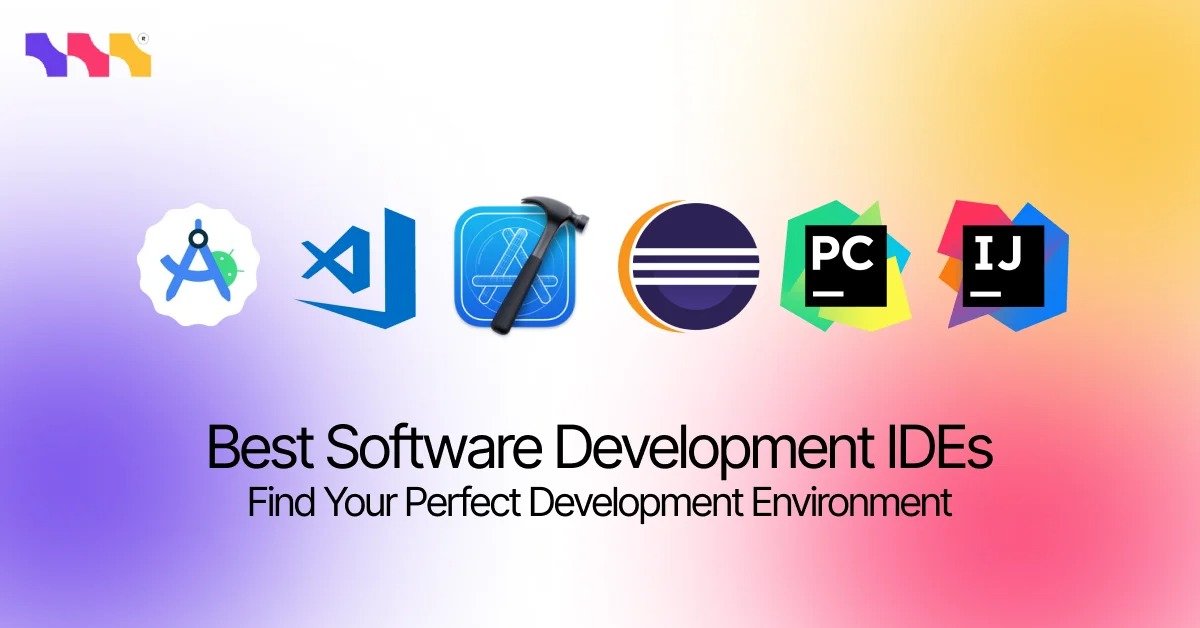
Got a new idea in your mind? We'll help you to validate your idea through MVP Development, Web App, mobile app, SaaS Development, or custom software for your business. Our team will help you from launching to scale your idea in your desired market. From first designs to final testing, we’ve got you covered every step of the way.
We all have heard the quote of Rumi; “What you seek is already seeking you”, the way start-ups are looking for investors, investors are also looking for you to invest their money right way. Here is how you can grab attention of investors.
How start-ups can raise funds on MVP?
Here are the key points that you should follow for developing you MVP (Minimum Viable Product):
- Build a Simple and Essential Product: Create a basic version of your product that solves a core problem. Test it with real users and gather feedback quickly to show there is interest in the market.
- Show Real Progress: Even if you have a small number of users, focus on important metrics like conversion rates, user engagement, and retention. Prove that your product has real potential.
- Get Early Supporters: Find and showcase early adopters who believe in your product. Use testimonials, case studies, or positive media coverage to build credibility.
- Explain the Problem and Your Solution: When talking about your product, don't just list features. Explain the problem you're solving and the impact you'll have. Build a strong connection with your target audience.
- Attract Early Investors: Seek investors who are willing to take risks on innovative ideas with strong potential. These investors can provide mentorship, funding opportunities, and connections.
- Consider Crowdfunding: Look into crowdfunding platforms or pre-purchase models to test market interest and gain initial traction.
- Be Realistic about Valuation and Funding Needs: Don't overestimate your company's value or underestimate the money needed to achieve your goals.
- Be transparent and Well-Prepared: Investors will examine your business plan, financials, and market research. Be honest and fully prepared with all necessary information.
- Be Patient and Learn from Rejections: Fundraising takes time and effort. Embrace rejections, learn from them, and continually refine your approach. Focus on User Traction, Tell a Compelling Story, and
- Target the Right Investors: Concentrate on gaining users. Create a compelling narrative about your startup. Approach investors who align with your vision.
Remember, demonstrating user interest, telling a convincing story, and approaching the right investors can greatly increase your chances of raising funds, even if you only have a Minimum Viable Product. Building trust and having a clear vision for the future are crucial in convincing investors to join your journey.
Why is MVP so important?
An MVP is the most basic version of a product that can be developed and released to the market. It focuses on delivering the core features and functionality needed to solve a specific problem, while leaving out any additional bells and whistles. The purpose of an MVP is to quickly test the market, gather feedback, and validate the product concept before investing significant resources into full-scale development.
Market validation is the process of testing and confirming that there is a demand for your product or solution in the market. It involves collecting feedback from potential customers, evaluating their response, and assessing whether your product meets their needs and expectations. The goal of market validation is to reduce the risk of building a product that nobody wants or needs, and to ensure that there is a viable market for your solution.
An MVP is designed to solve a specific problem or address a particular need in the market. It aims to provide a solution that is more efficient, effective, or convenient than existing alternatives. By focusing on the core problem and delivering a basic version of the solution, an MVP allows you to test the market and gather valuable insights to refine and improve your product over time.
The current state of the problem depends on the specific context and industry. However, in general, problems exist because there are inefficiencies, pain points, or unmet needs in a particular market. These problems may arise from outdated processes, lack of technological advancements, user frustrations, or other factors. The current state of the problem represents an opportunity for innovative solutions to make a positive impact and provide value to customers.
If you are an early based start-up and you want to Scale your MVP, Here multisyn.tech is available to help you as it is specialized in MVP development.
Developing an MVP and conducting market validation can uncover several opportunities:
- Market Fit: Through market validation, you can determine if your product resonates with potential customers and if there is a strong demand for it. This helps you identify the right target market and refine your product to better fit their needs.
- Iterative Development: An MVP allows you to release a basic version of your product quickly and gather feedback from users. This feedback helps you identify areas for improvement and prioritize your development efforts, resulting in a more refined and valuable product over time.
- Competitive Advantage: By being the first to introduce a solution to a problem or by addressing a gap in the market, an MVP can give you a competitive advantage. It allows you to establish your brand, build customer loyalty, and capture market share before others enter the space.
- Cost Savings: Developing an MVP helps you avoid investing excessive resources into a product that may not succeed in the market. By testing the market with a minimal version of your product, you can validate its potential and make informed decisions about further development, thereby minimizing the risk of wasted time and resources.
MVP is important because it enables market validation, helps solve specific problems, and presents opportunities such as product-market fit, iterative development, competitive advantage, and cost savings. It allows you to test the market, receive valuable feedback, and refine your product to better meet the needs of your target customers.
How products can be improved?
- Product Audit: A product audit involves carefully examining the existing product to identify its strengths and weaknesses. This includes analyzing its features, functionality, design, and overall performance. By conducting a thorough audit, you can pinpoint areas that need improvement and identify opportunities for enhancement.
- Competitor Comparison: Comparing your product with those offered by competitors is an effective way to identify areas where you can improve. Look at similar products in the market and assess their strengths and weaknesses. This analysis can help you understand what customer’s value in a product and identify areas where your product can outperform the competition.
- User Reviews and Feedback: Pay close attention to user reviews and feedback from customers who have used your product. Reviews can provide valuable insights into what customers like and dislike about your product, as well as any issues they may have encountered. By listening to your customers' experiences and suggestions, you can gain a better understanding of how to enhance your product to meet their needs and expectations.
- Market Validation: Market validation involves testing your product in the market to determine its viability and appeal to potential customers. This can be done through surveys, focus groups, or even a soft launch of the product. By gathering feedback from target customers, you can assess whether your product meets their requirements and identify areas where improvements can be made.
Overall, by conducting a product audit, comparing with competitors, analyzing user reviews, and validating in the market, you can gather valuable insights and feedback to make informed decisions on how to improve your product. This continuous improvement process helps ensure that your product evolves to meet customer demands and stays competitive in the market.
If you are an early based start-up and you want to Scale your MVP, Here multisyn is available to help you as it is specialized in MVP development.
What is the Start-up Financial life cycle? And how it works?
- Pre-Seed Stage: The pre-seed stage is the earliest phase of a startup's financial cycle. At this point, the founders typically invest their own money or rely on personal savings to cover initial expenses. They may also seek contributions from friends and family. The primary goal is to develop the business idea and create a solid foundation for future growth.
- Seed Funding: Once the startup has progressed beyond the pre-seed stage and has a viable product or concept, it may seek seed funding. Seed funding is typically raised from angel investors, venture capital firms, or specialized seed funds. The funds raised in this round are used to further develop the product, conduct market testing, and acquire early customers.
- Series A Funding: Series A funding is the next major milestone in the financial cycle. At this stage, the startup has gained some traction in the market and has a proven business model. Series A funding is usually led by venture capital firms and is aimed at scaling the business operations, expanding the team, and increasing market share.
- Series B Funding: Series B funding occurs when the startup has achieved significant growth and is ready to further expand its operations. At this stage, the company may already have a sizable customer base and generate substantial revenue. The funds raised in Series B funding are typically used to fuel rapid growth, enter new markets, invest in marketing and sales, and develop new products or services.
- Series C and Beyond: Series C, D, E, and subsequent funding rounds follow as the startup continues to grow and scale. These funding rounds are often led by larger venture capital firms or private equity investors. The funds raised in these later rounds are used for further expansion, international expansion, mergers and acquisitions, or to prepare for an initial public offering (IPO).
- Initial Public Offering (IPO): An IPO is the process of offering a company's shares to the public for the first time. It allows the startup to become a publicly traded company and raise significant capital from the public markets. An IPO provides liquidity to early investors and allows the company to access additional funding for future growth, acquisitions, or other strategic initiatives.
It's important to note that not all startups follow the exact same financial cycle, and the timelines and funding stages can vary based on the industry, business model, and individual circumstances. Additionally, some startups may choose alternative paths, such as bootstrapping or alternative financing methods, depending on their specific needs and goals.
FIND US:
Need a tech partner you can count on us? We design and develop powerful digital solutions, from mobile apps and SaaS platforms to full-scale custom software. Think big we’ll handle the secure, scalable tech to get you there. Whether you’re a startup or growing business, we’ll help your ideas to turn into scalable products.
Related Blogs
© 2025 MULTISYN TECH



